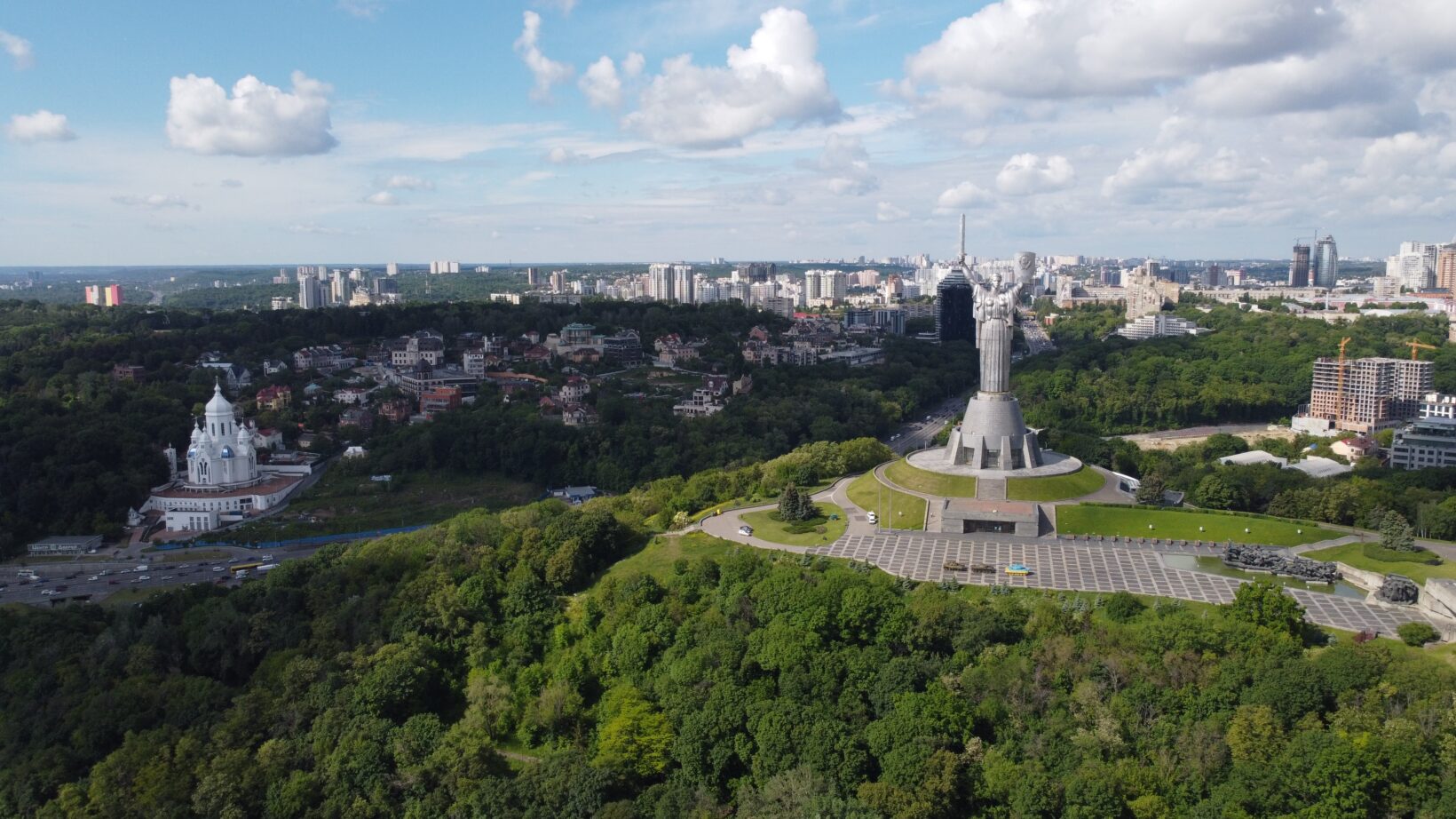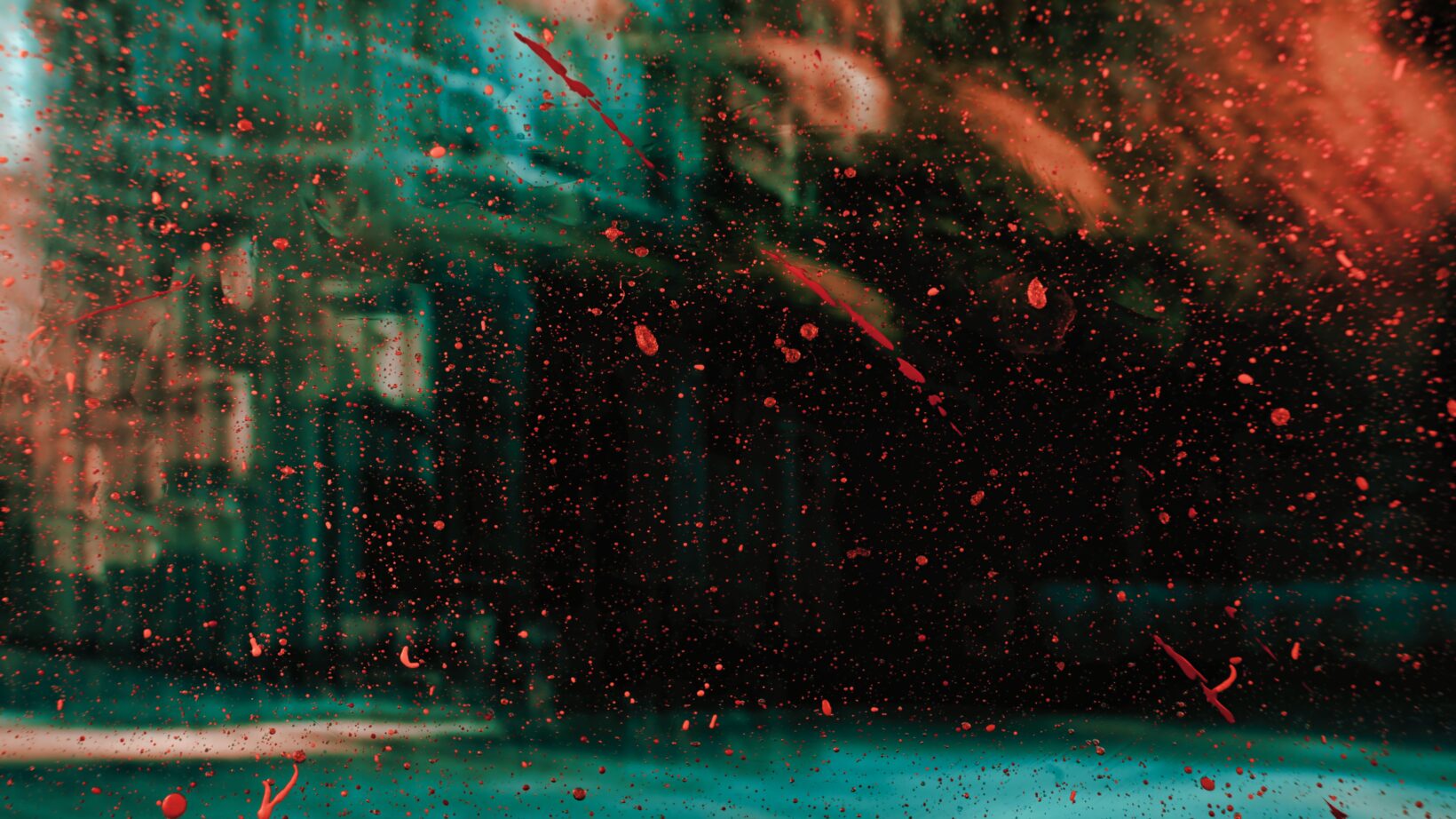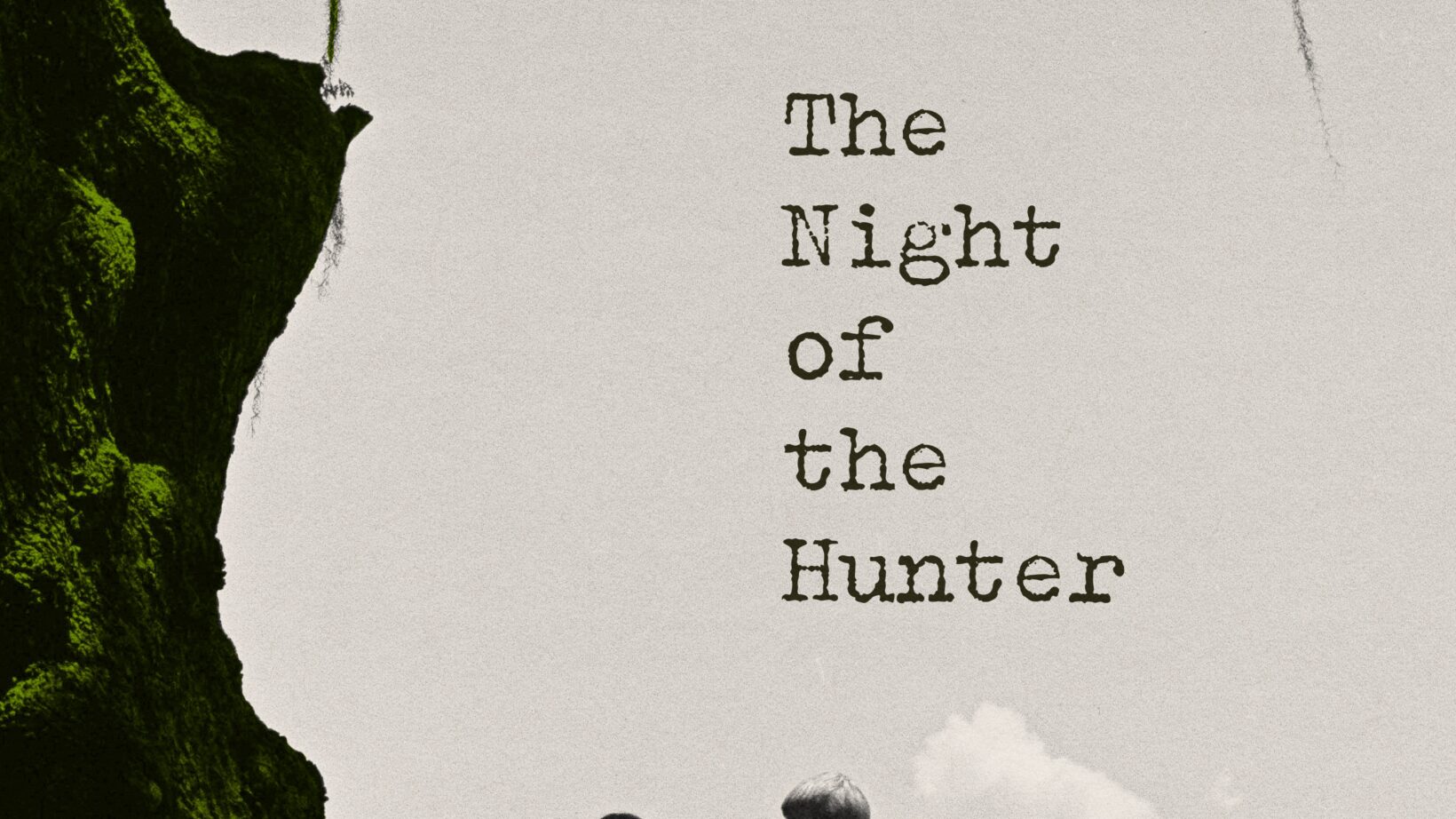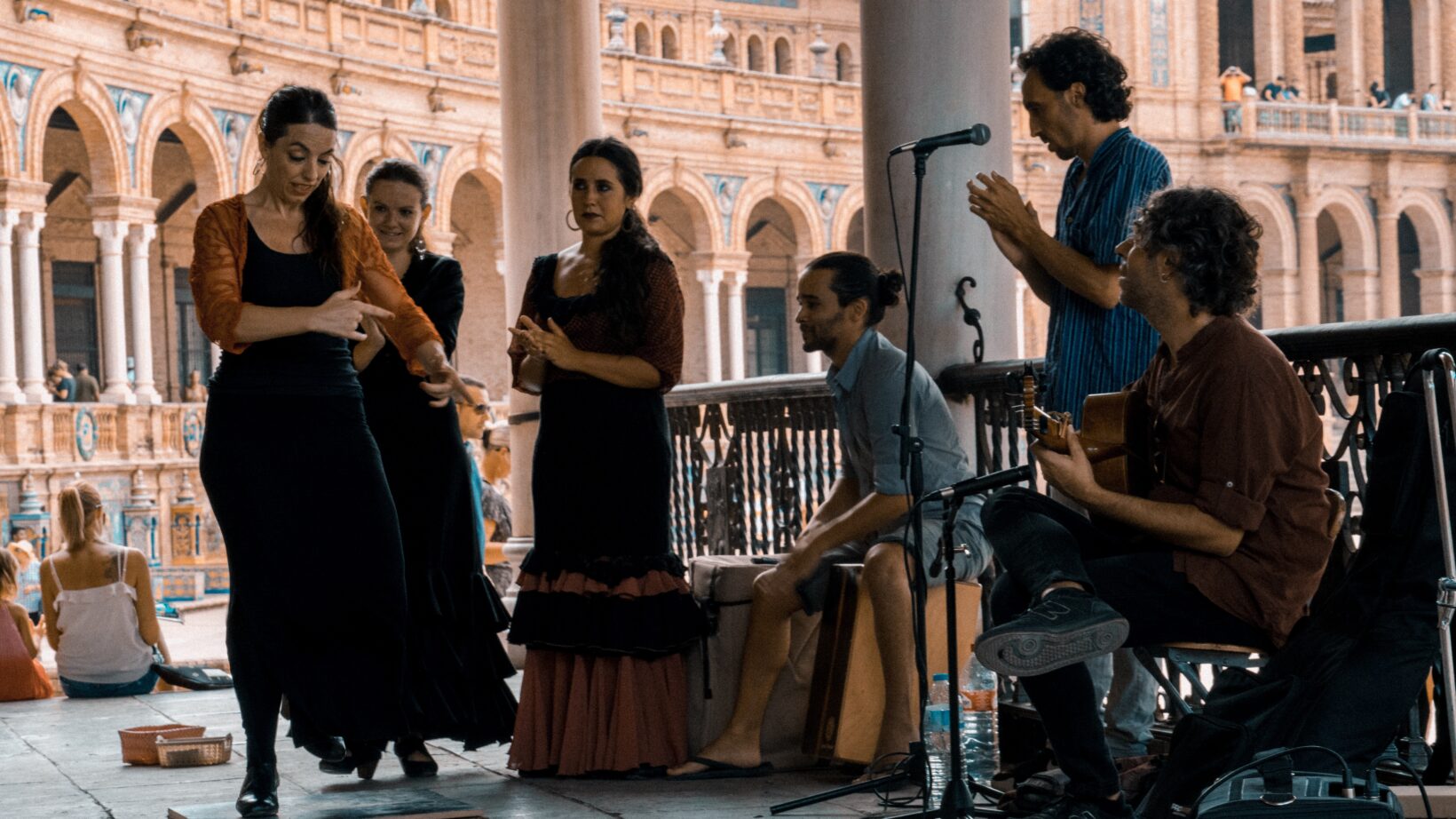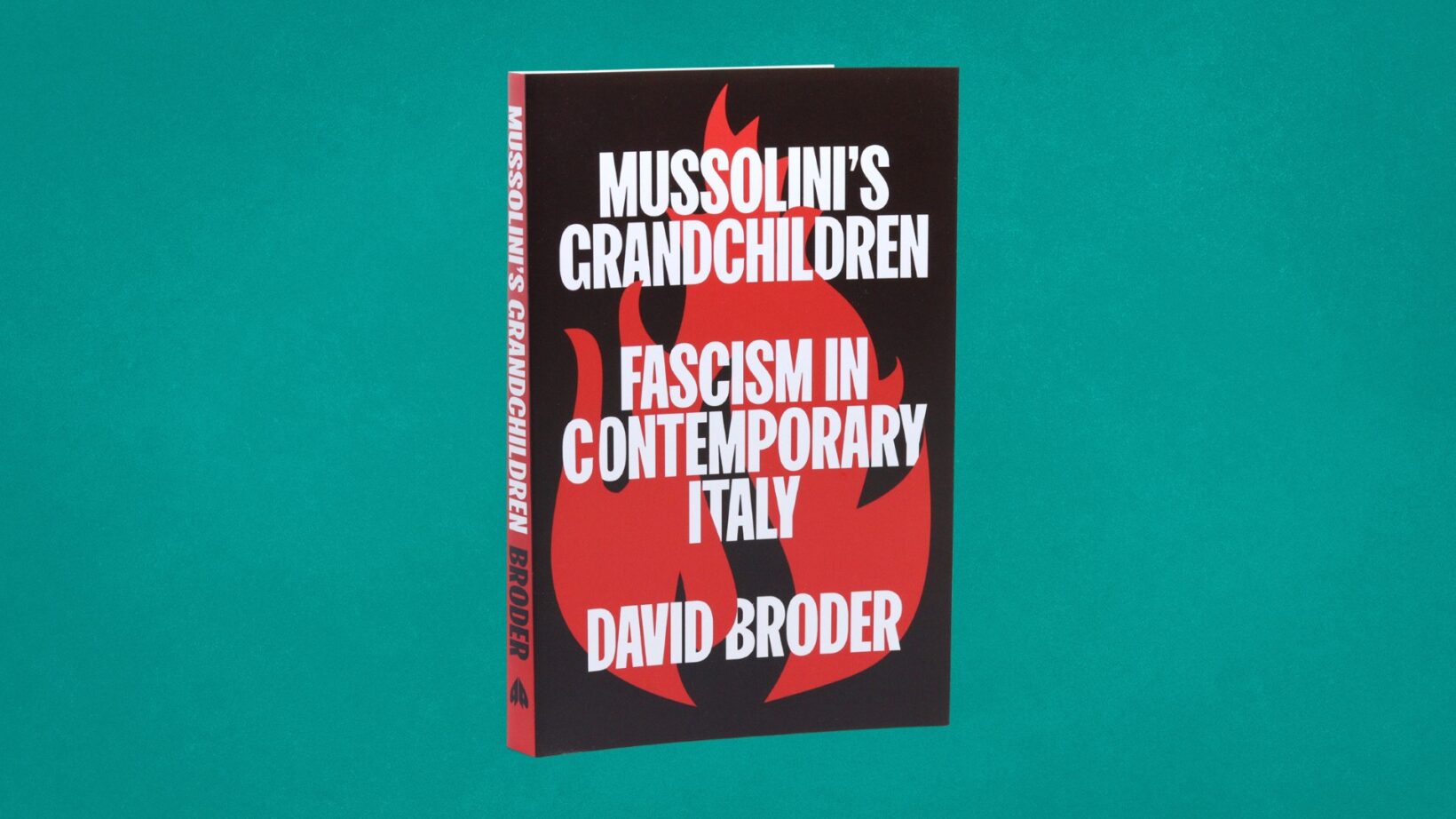In this sprawling, dystopian novel, Hanja Yanagihara presents three alternative realities, in which an aura of decay and inevitable doom accompanies everything and everyone.
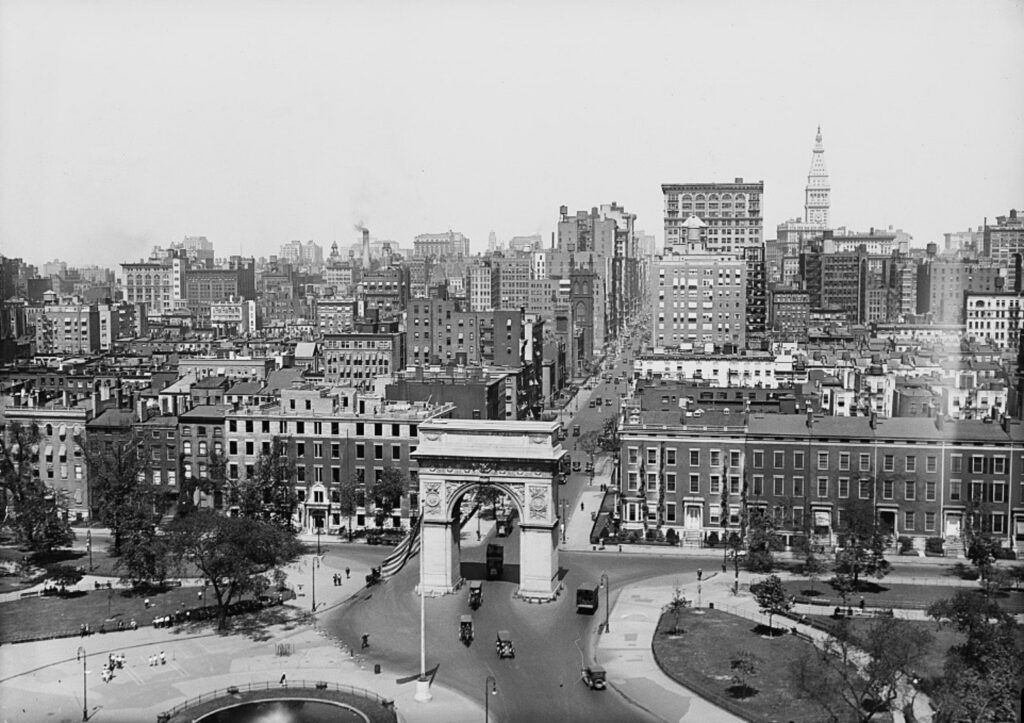
“Suppose the earth were to shift in space, only an inch or two but enough to redraw their world, their country, their city, themselves, entirely?” This question, posed in Book II of Hanya Yanagihara’s latest novel, To Paradise, is the imaginative centre of the whole piece. Taking place over three different centuries, each presenting a slightly skewed version of history, or, in the case of the final section, an imagined future, Yanagihara’s novel marshals a cast of recurring characters through variations of their lives and relationships as they play out in these different worlds.
The novel begins in Washington Square, New York, in 1893. In this reality, New York is one of the “Free States” that seceded from the rest of the US in an alternative vision of the post-civil war era. These states have built themselves on an acceptance of gay marriage, which has reconfigured traditional family dynamics by normalising adoption. This seeming utopia is undermined by the Free States’ attitudes to people of colour: they will help freed slaves to the safety of other states but don’t allow them to settle, and by their deeply troubling approach to poverty, which is shown most starkly in the common practice of taking the children of the poor to be raised in institutions geared towards producing effective labourers or to be adopted by the numerous wealthy citizens looking to complete their own families—all in the name of charity, of course.
In this world, we follow the wealthy and powerful Bingham family. Descended from a key founder of the Free State, the family is showing signs of decay as it begins to fall foul of a kind of generational decline with each generation achieving less than the one before. Perhaps the last great Bingham, Nathaniel, is the grandfather of David, a socially awkward shut-in, whose unlikely love triangle between a proposed arranged marriage to a much older wealthy merchant, Charles, and an exciting but also potentially dishonest young music teacher, Edward Bishop, forms the central narrative of this section. The themes raised in this first part of the book—family, colonialism, racism, love and relationships, decline—are revisited in different guises in Books II and III.
Book II takes place in the late 1900s both in Hawaii, and in the same house in Washington Square from the first section (this house, one of the key anchor points within the novel, will appear again in Book III). This section follows descendants of the former royal family of Hawaii. Its title, Lipo-Wao-Nahele, takes its name from the vision for a slice of true Hawaii imagined by our main characters (two David Bingham’s, a father and son known by their Hawaiian name Kawika—the father being referred to by the shortened version, Wika, and Wika’s radicalised old school friend, Edward Bishop). This true Hawaii, untouched by American hands, is a doomed paradise. It can never be truly realised, and certain characters are irreparably damaged in its pursuit.
The Washington Square portion of the narrative is set against a representation of something like the AIDS crisis, though the disease is never named. The younger Kawika, going by David, is living with the much older Charles, whom, in a reversal of fortunes from Book I is the wealthy owner of the Washington Square House. Here, they host a party for a friend who has chosen assisted dying over cancer. Other guests, including Charles himself, are living with the unnamed disease. As in the first section, there is a strong sense of decline, and of people attempting but ultimately failing to mobilise whatever they have at their disposal, be that wealth or simple hope, against what seems like an inevitable demise. This sense of demise reaches its culmination in the final section, wherein Yanagihara presents us with a vision of the future as a full dystopia.
Book III takes place in the 2090s with a sequence of letters providing insights into events from the fifty years leading up to that time. In this timeline, Charles exists as the male letter writer, telling his friend about his struggles with his son, David, as the world begins to fall apart, and, in the 2090s, in the guise of Charlie, a female lab tech whose mental capacity has been impacted by a pandemic illness. This section presents a reality where the earth has been heated to catastrophic levels, water and food are scarce, and a series of deadly pandemics have cut through populations and ushered in totalitarian regimes. Many have already noted the iron-hot relevance of this section to our contemporary moment: caught in the midst of a global coronavirus pandemic and witnessing increasing numbers of climate change-related disasters from extreme weather events to wildfires and tsunamis. Yet, what strikes me most is not reading our possible near future writ large, but seeing how even amid such destruction, humanity plods along, relentlessly, repeating the same patterns of behaviour that led us, collectively, to that point. The wealthier in society still use their money to enjoy what freedoms and luxuries they can, even as they watch the poverty-stricken masses (mostly people of colour) queue in the punishing heat and stench for their turn in an air shower; the general population accept worse and worse conditions, fewer and fewer rights, lower and lower baselines for normality, and continue, much as before, even as swathes of people are killed or left to die; and individuals continue to love and to lose, to hope and to despair with the same intensity and passion as ever.
Ultimately, Yanagihara’s novel, through its various reincarnations, shows us how much of our character, as individuals and as a species, is constant. For good or ill, much of who we are is immovable, and the ultimate destination on our current trajectory is bleak. Yet, there is hope. Each of the sections in this novel end with the same two words: to paradise. Characters believe in their own redemption, whether through taking a chance on love or believing, finally, in their own inner strength. However compromised these beliefs may be by other perspectives within the narrative, they are not completely overridden. It is up to the reader to decide on whether the ending is happy, as the narrators believe, or whether the story will follow the more predictable pattern of heartbreak and death.
Hanja Yanagihara, To Paradise (Picador), pp. 720, 20£.
Victoria Addis is a literary reviewer and former blogger for Ploughshares Magazine.
